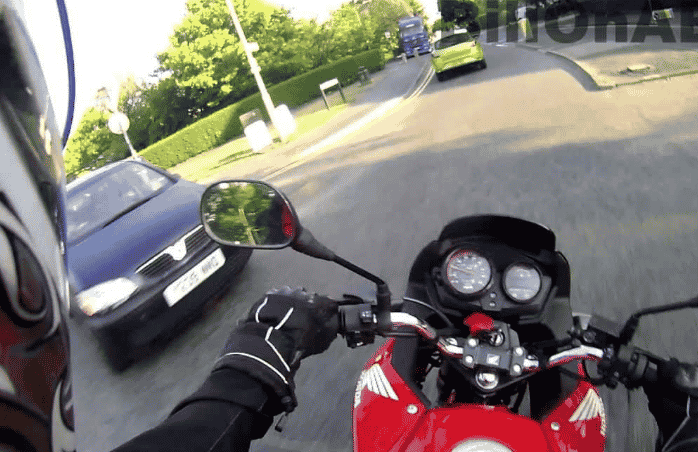Within their resources for detecting road traffic offences, the Guardia Civil have used unmarked cars for many years. More recently, they have also included unmarked vans into their fleet, which offer a higher profile to watch over other vehicles. The next logical move, which the DGT is testing, is the introduction of unmarked motorbikes, which they hope will be particularly useful for keeping a watchful eye over other motorcyclists on the roads.
It is worth emphasising that the DGT is extremely concerned about the safety of all motorcyclists when they travel on the roads. To prevent incidents and mortality figures from continuing to rise, especially on weekends, the entity regulated by Pere Navarro is working on different strategies that allow offenders to be caught in the act. One of these new techniques is to use unmarked motorcycles among the public with the aim of curbing inappropriate behaviour.
It is key to mention that in 2021, 241 motorcyclists died due to road traffic incidents, according to data from the DGT. This number represents 16 percent less compared to 2020, therefore a step forward for road safety. It should be clarified that speeding and the consumption of alcohol and drugs are the risk factors that most influence a fatal incident with this type of vehicle.
As the DGT is looking for new ways to make surveillance more effective, one of the latest systems it has tested has been traffic control through large-displacement unmarked motorcycles with plainclothes officers. This approach, for the moment, has only been used in Galicia, specifically in Pontevedra, although, depending on the success, the state body could extend the use to the rest of the country.
When an officer observes an infraction, they overtake the offending vehicle and signal them to stop, at which point they put on a regulatory reflective vest, showing the offender the corresponding documentation.
If you ride a motorbike, it´s worth remembering that the same laws that apply to other vehicles on the road also apply to you. This includes the new removal of the margin of 20 km/h to overtake. Undoubtedly, the measure that has sparked the most controversy among users. But, if the vehicle in front is already traveling at the maximum speed allowed on the road, it will be forbidden to exceed that limit to overtake it. In case of doing so, the DGT fine will be 100 euro.
Similarly, the DGT also toughens the sanctions if we do not protect ourselves in conditions when riding our motorcycle. The penalty for not wearing the helmet or wearing it incorrectly (incorrectly placed, not fastened or wearing the wrong size) has increased from the loss of 3 to 4 points. In addition, if we are caught with a radar detector, whether it is on or off, simple possession will be considered a serious infraction, for which we can lose 6 points and a 500 euro fine.
There is some good news specifically for motorcycle riders though, after many years asking for it, the new Road Safety Law will allow motorcyclists to use intercoms. Of course, they must be certified or approved, but be careful, because they must be used only “for communication or navigation purposes, as long as they do not affect driving safety.” That means that they cannot be used for listening to music or radio shows, for example.
In conclusion, the owners of the two-wheeled specimens have many benefits on a day-to-day basis. For example, a lower cost per kilometre, quick and easy journeys, ease of parking and the possibility of free movement in congested downtown areas. In the same way, our pocket appreciates the use of the motorcycle thanks to its better fuel efficiency on the road. But, the use of a motorcycle is subject to the same laws as other road users, an as a vulnerable user, it is important to provide yourself as much protection as possible by complying with the rules of the road.





